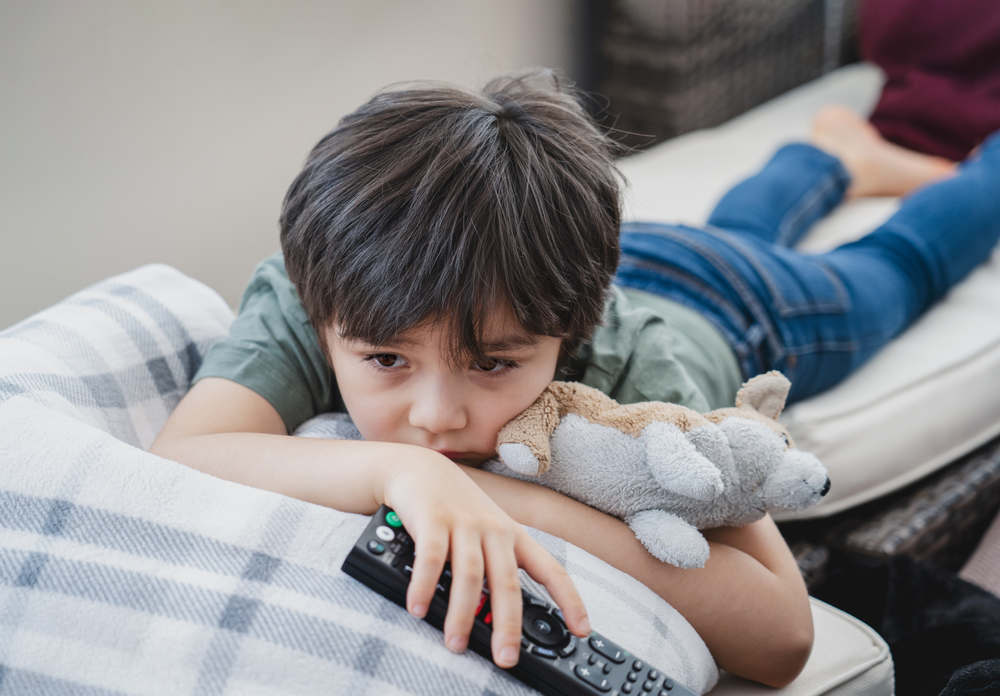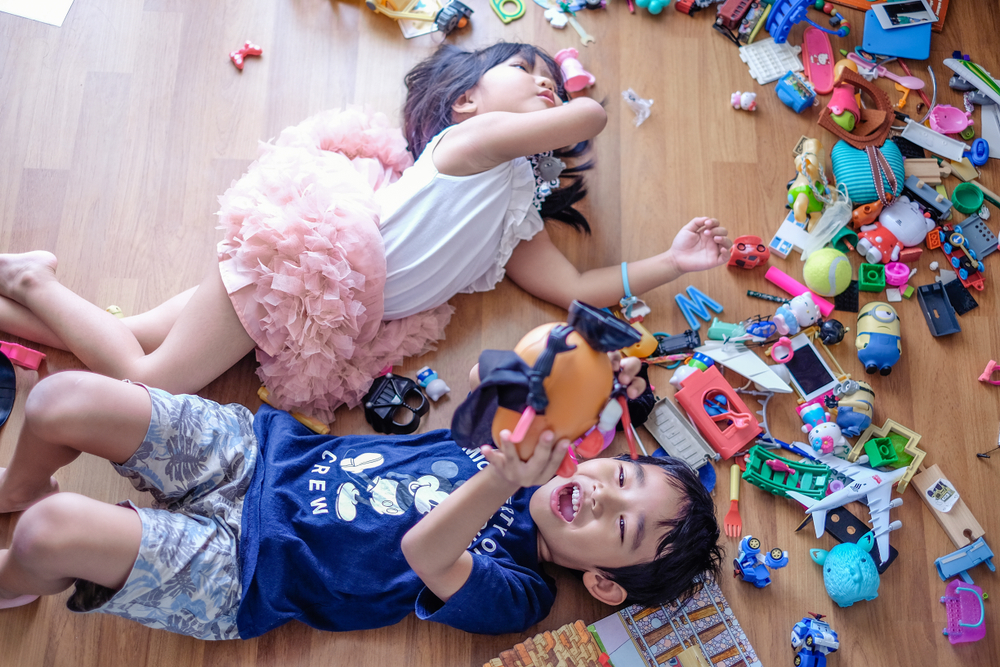
Written by: Family Dynamics, Counseling Psychologist, Shelly Mok
I met W in a social-emotional group. At that time, W was only 11 years old. In the group, although W would “follow the crowd” and engage in some disorderly behavior, he was the boy who could best understand the emotions behind others’ actions. Moreover, he was able to proactively offer help when others faced emotional difficulties. After the group ended, his mother requested a one-on-one meeting with W. Since entering the fourth grade, W’s grades had significantly declined, dropping from being at the top of his class in the lower grades to around 20th place in the fifth grade, with the most significant drop in his English grades. The teacher reported that he had started associating with the naughtiest kids in the grade and often talked back to the teacher. At home, he frequently argued with or ignored his parents. I was puzzled as to why such an empathetic child had suddenly lost his way.
During the therapy process, I discovered W’s inner world:
1.He felt very lonely and empty inside: During the first one-on-one meeting, W expressed his willingness to see me and cried about his grievances and loneliness. He said that his parents only cared about his grades, not his situation, interests, or hobbies, and did not spend time with him.
2.He valued interpersonal relationships: As the therapy progressed, he gradually began to share details of his school life with me, such as the attitudes and temperaments of different subject teachers and the interactions with students, and how these affected his grades in different subjects. Therefore, whether at school or at home, good interpersonal relationships and others’ understanding and acceptance of him would become his motivation for learning.
3.He liked to use his brain, was not afraid of difficulties and failures, and enjoyed games, toys, and creative writing that challenged his intelligence and patience. When playing board games in the playroom, the more I deliberately won, the more interested he became in understanding my strategies. However, rote learning methods made him lose his enthusiasm for studying.
Parental Care and Willingness to Open Up
Changing the curriculum and teachers at school is very difficult. Additionally, there are many practical considerations if one wants to transfer schools in the sixth grade. Therefore, W’s parents and I worked together to help W receive the attention, acceptance, understanding, and brainstorming at home that he could not get at school, making it a possible and key focus of therapeutic intervention.
W’s parents are not good at expressing love and care, but they genuinely care about W from the bottom of their hearts. They always take time off work to attend every parent consultation session. When I guided them to recall the moments of W’s growth, they quickly realized and accepted W’s psychological needs and committed to spending more time with W, trying to understand and participate in W’s interests and hobbies. After some time, they reported to me that W was much happier at home and had started to share some of his school experiences with his parents.
Discovering Strengths and Rediscovering the True Self
On the other hand, in the game room, I helped W discover his strengths through games, understand his desire to grow and improve, thereby building his self-esteem and confidence, and rediscovering his true self. This allowed him to choose a path for himself. I believe that human nature inherently desires growth and positive development. As long as we help children recognize their deep-seated desires, they will naturally move towards a brighter path. When the play therapy ended, W told me that his overall happiness index had significantly increased because he understood his strengths and some important values. His mother also told me that the teacher said he had reconnected with some well-behaved and academically better-performing friends at school, and his attitude towards teachers had improved. Although his interest in studying remained low, it had stabilized.
There are many underlying reasons for a child’s academic decline. As parents, if we focus solely on grades, we often miss the opportunity to help our children grow, which can lead to other behavioral problems and affect parent-child, peer, and teacher-student relationships. For children, it is a basic need for their parents to care for them from their perspective, cater to their interests, understand their difficulties, and affirm their strengths.
Ultimately, having a confidant is a deep-seated human desire. This world is filled with many unchangeable realities, such as teachers and curricula. However, deep resonance can always make life a bit easier, making our children’s hearts stronger, less likely to get lost, and reducing the possibility of behavioral deviations. As for grades, rankings alone cannot determine a child’s future success. W’s affirmation of his strengths, his fearlessness in the face of difficulties, and his willingness to delve into and improve can become his lifelong motto, accompanying him through the ups and downs of his future life.











